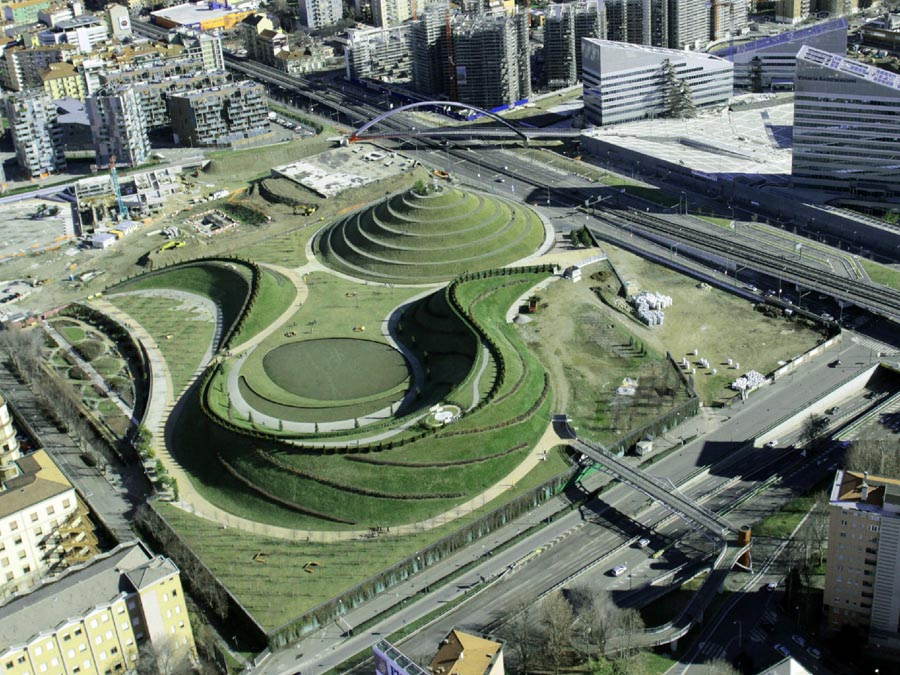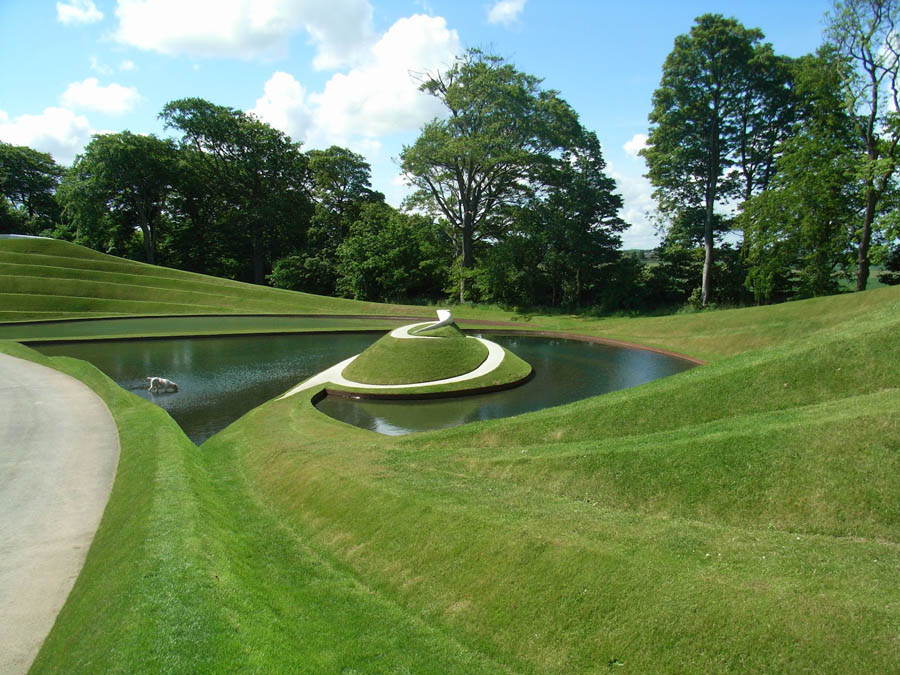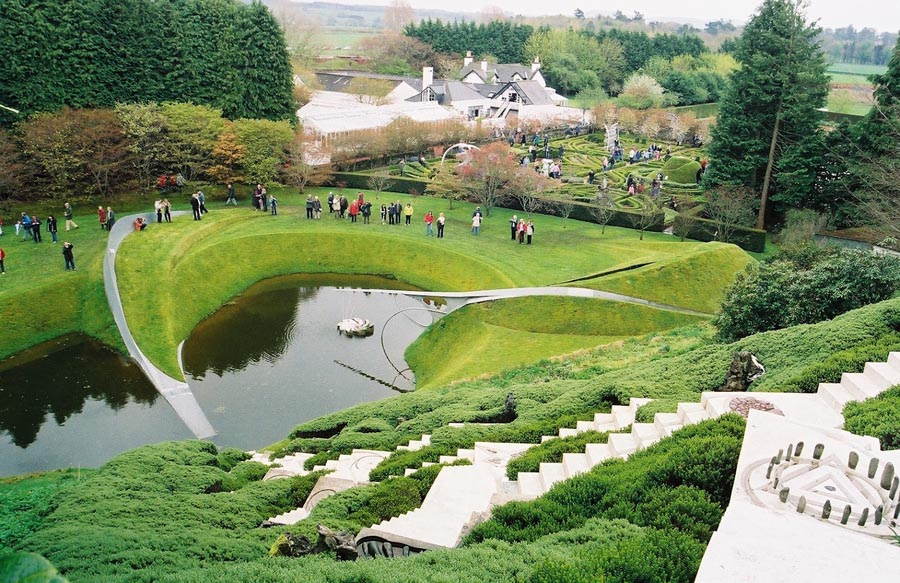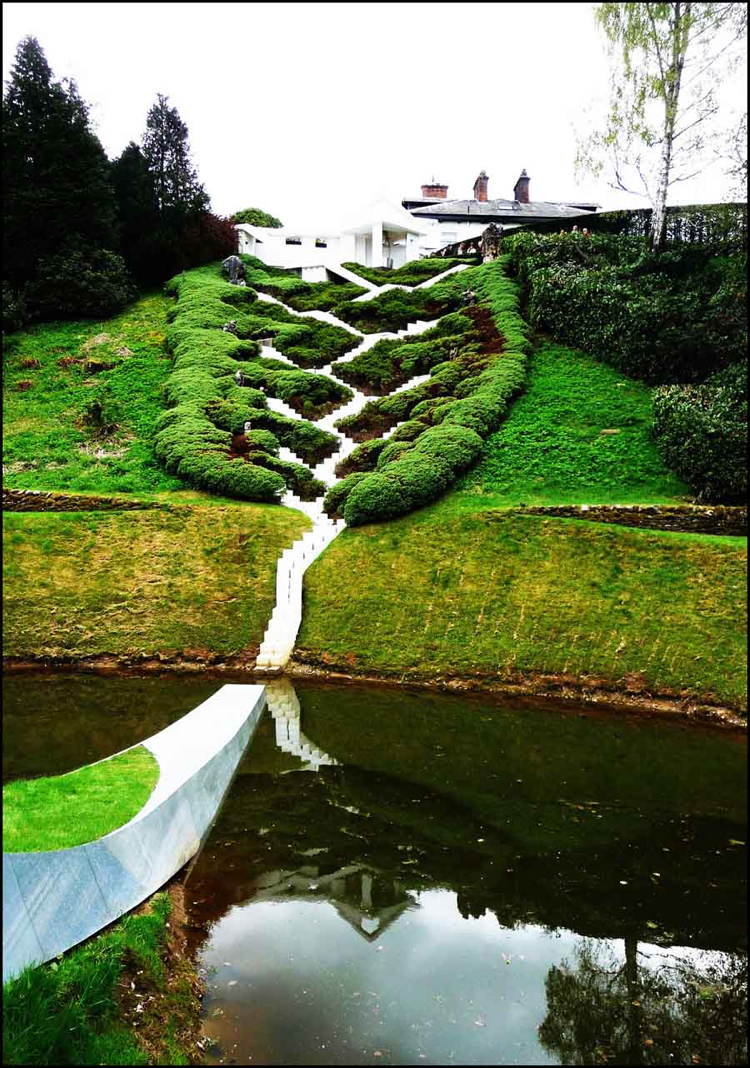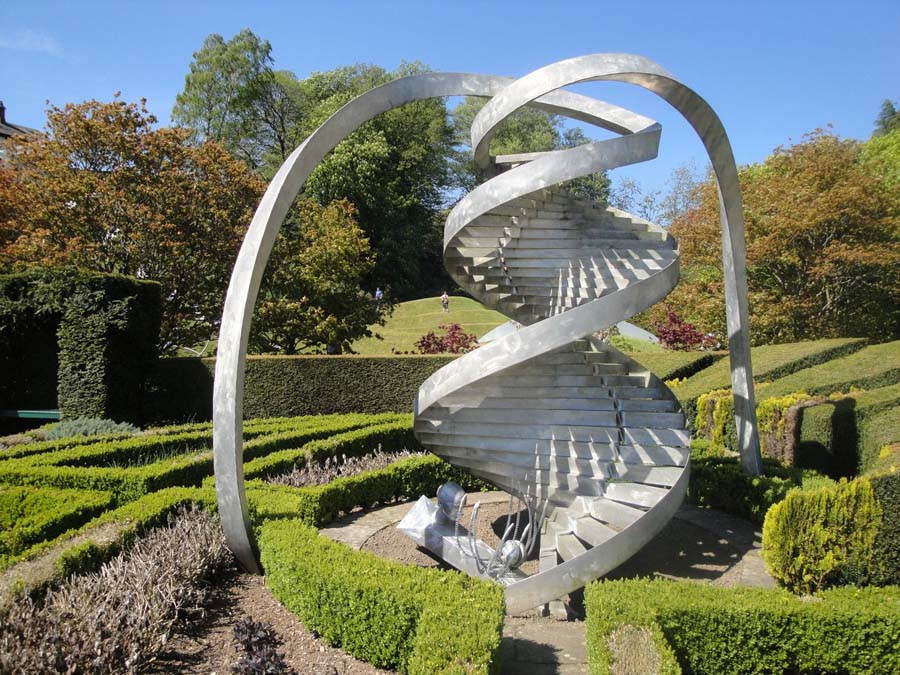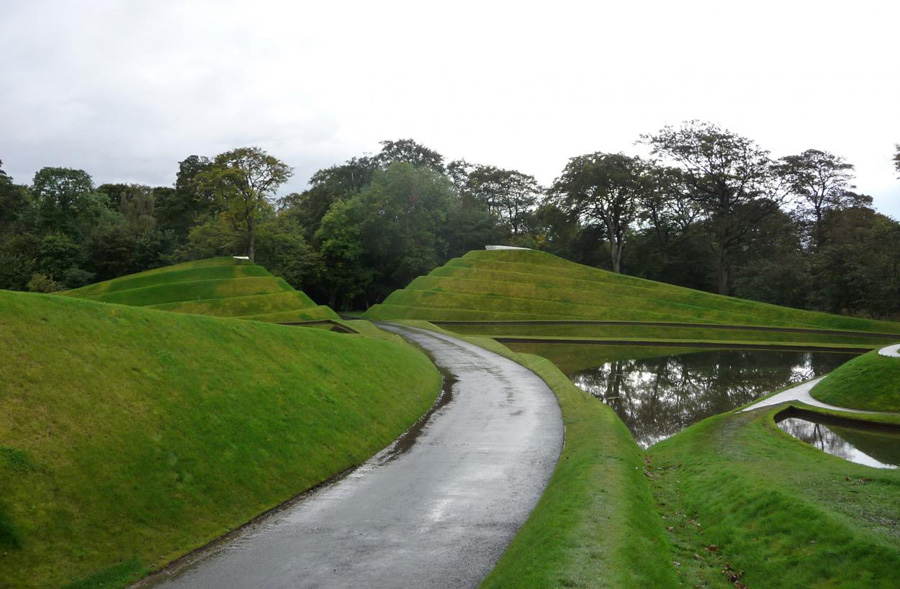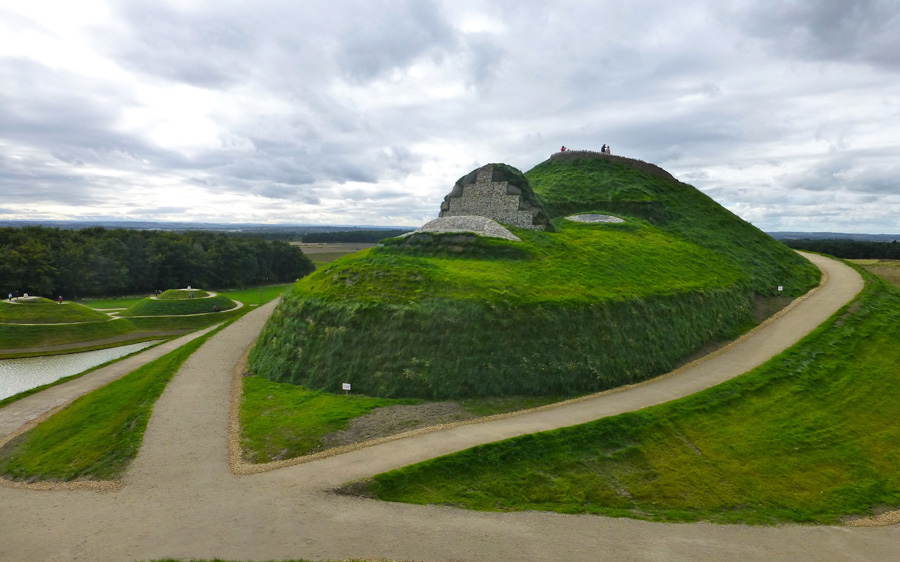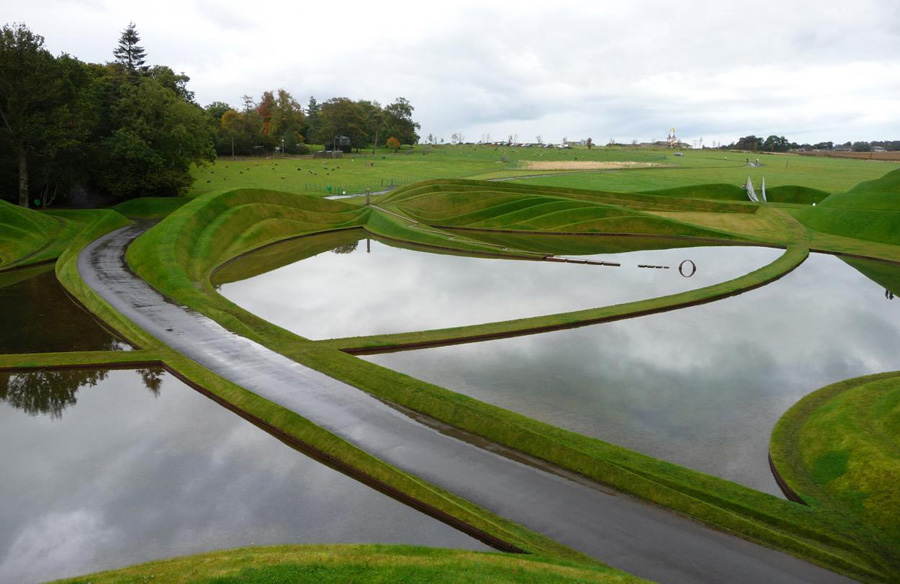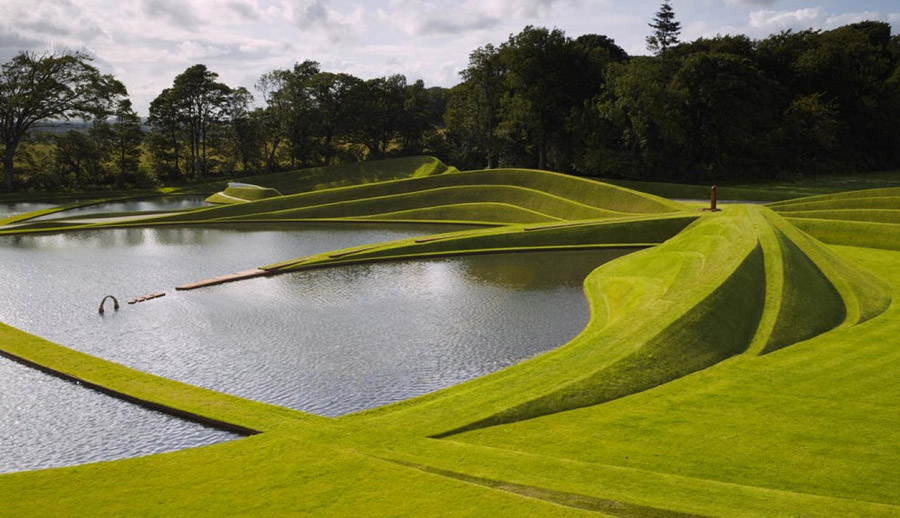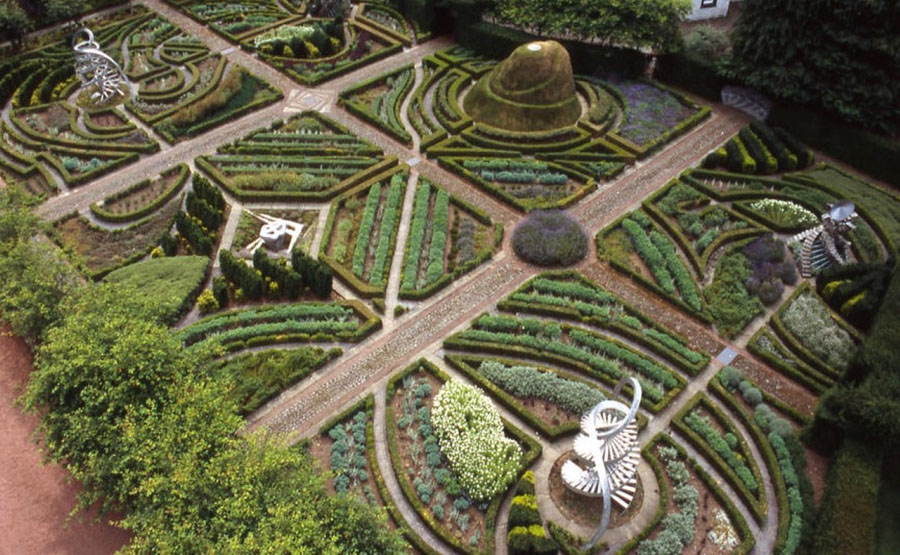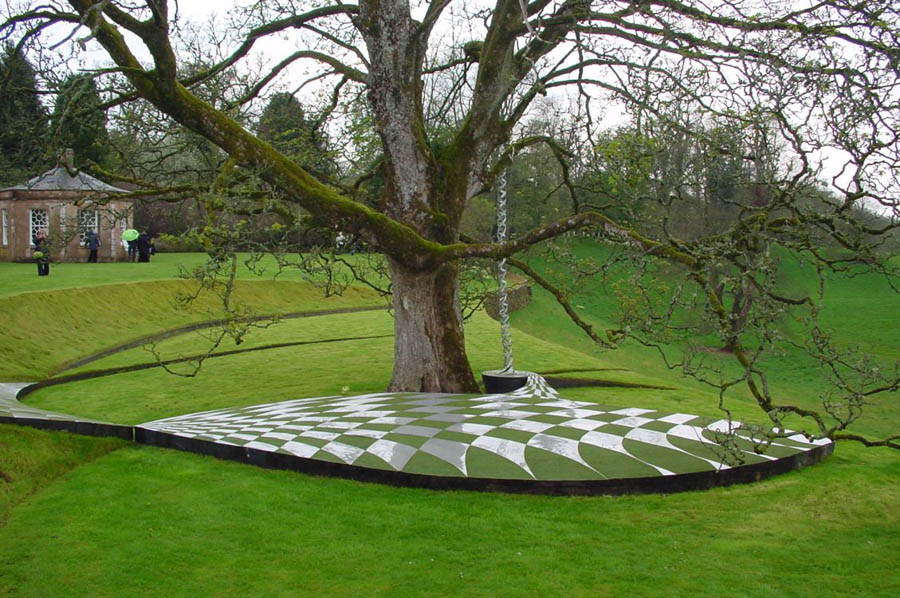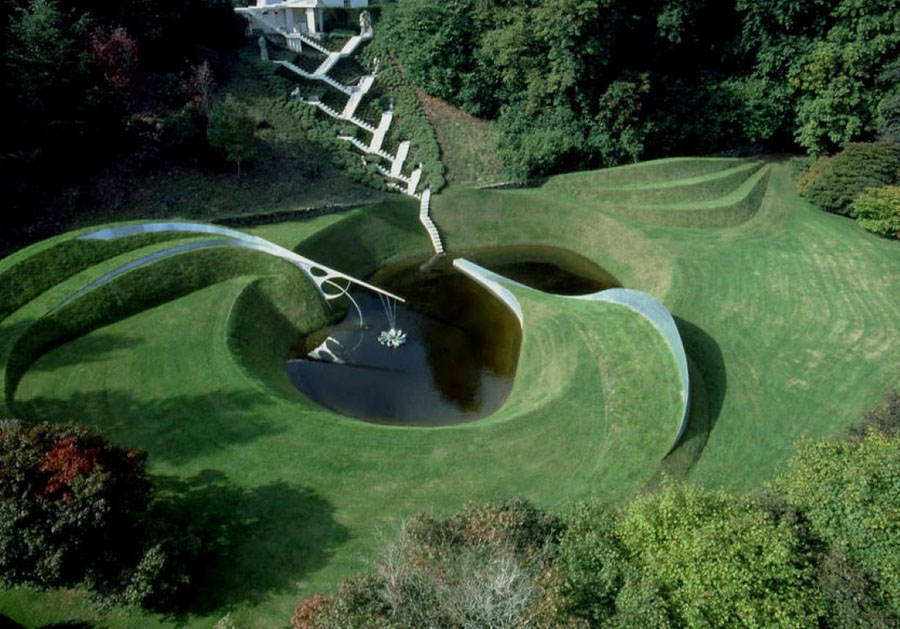Charles Jencks’ Intricate Landscape Art
With names like “The Garden of Cosmic Speculation” and “Northumberlandia”, the Lady of the North, Charles Jencks’ creations are as grandiose as they are mesmerizing. Celebrating nature in conjunction with scientific and architectural design, Jencks’ gardens and parks carry a signature style unique to his own experiences and expertise.
While preserving the traditional beauty of the garden is still at the forefront of Jencks’ designs, he enhances the garden’s visual contours by using new tools and incorporating artificial materials into the mix.
SEE ALSO: The coolest sky gardens
To understand the world view of Charles Jencks, a landscape architect and sculptor whose grand body of work has to be seen to be believed, refer to Jenck’s own remarks: “To see the world in a Grain of Sand, the poetic insight of William Blake, is to find relationships between the big and small, science and spirituality, the universe and the landscape. This cosmic setting provides the narrative for my content-driven work, the writing and design. I explore metaphors that underlie both growing nature and the laws of nature, parallels that root us personally in the cosmos as firmly as a plant, even while our mind escapes this home.”
Born and raised in New England, Jencks received his Bachelor of Arts degree in English literature at Harvard University in 1961, followed by a Master of Arts degree in architecture from the Harvard Graduate School of Design in 1965. In the mid-sixties he moved to the United Kingdom where he has since divided his time between London and Scotland. In 1970 he received his PhD in Architectural History from University College in London.
On top of his design work, Charles Jencks is also well known for his writings on postmodernism and architecture. He has written several books on the subject which are typically met with high acclaim and often used in architectura classes. Jencks has also been known to be very critical of current architecture and design as a whole, often sparking debate. He has lectured at over 40 universities worldwide including Harvard, Princeton, Columbia, and Yale in the US, as well as in Beijing, Shanghai, Tokyo, Milan, and Barcelona.

